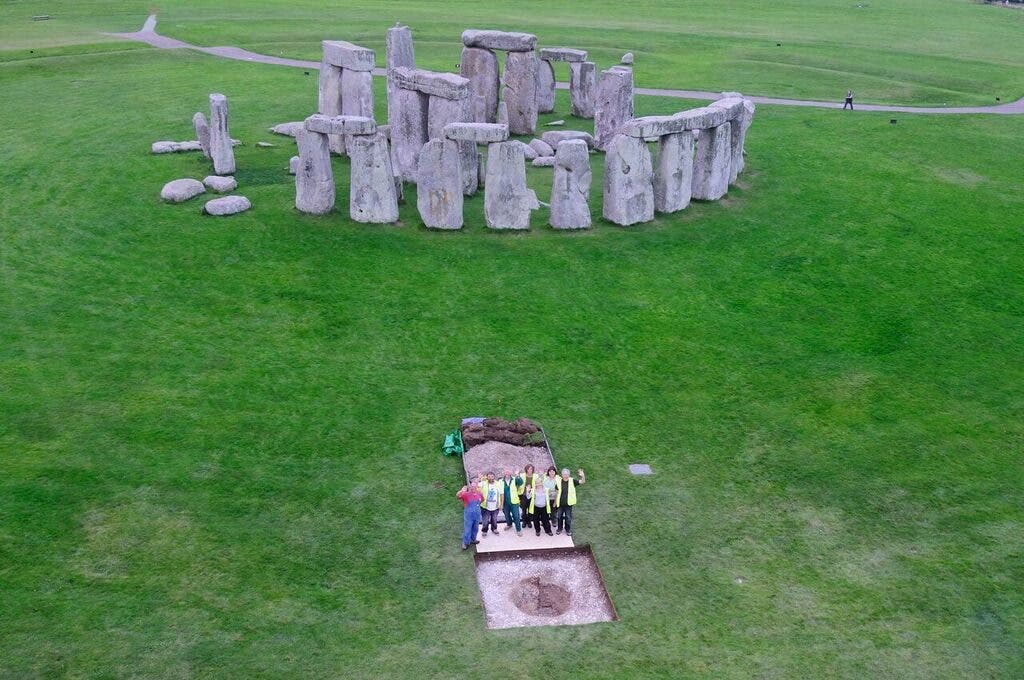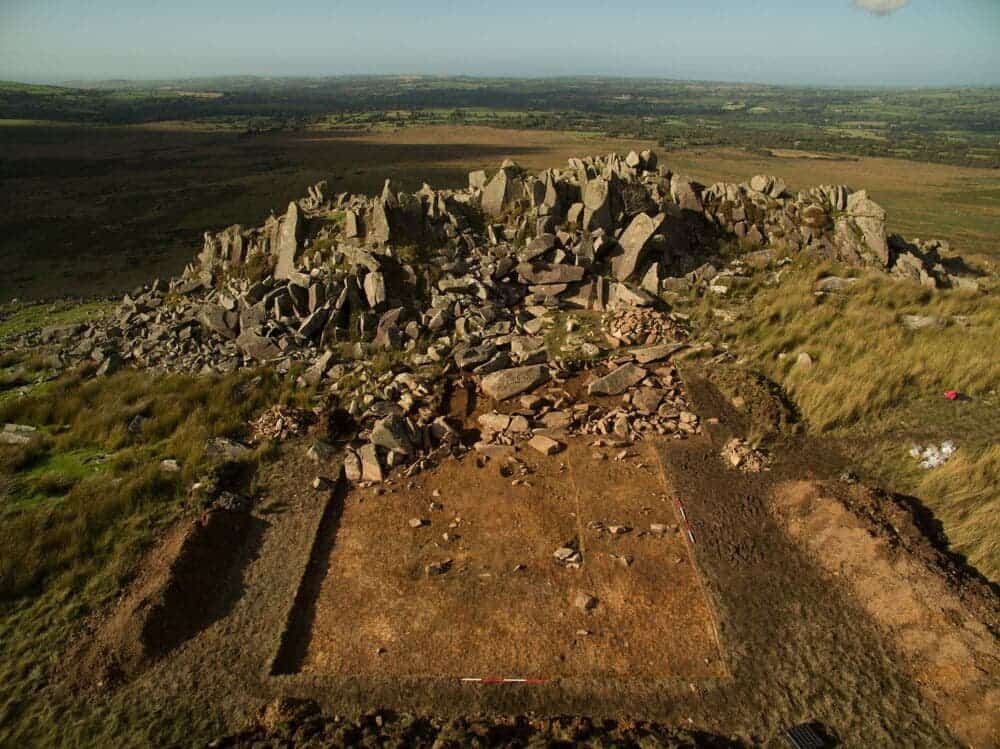
Researchers have analyzed the cremated remains of Neolithic people buried in pits at Stonehenge. Credit: Adam Stanford.
Most investigations surrounding the mysterious prehistoric Stonehenge site have focused either on how the monolithic structure was constructed or where the raw materials came from. However, the people themselves, those who erected Stonehenge and worshipped at the site are often overlooked.
Now, a new research that used an innovative archaeological technique suggests that the people who were buried at the Wessex site moved with and likely transported the bluestones used in the early stages of the monument’s construction.
The ash that speaks
Many of the human remains unearthed at Stonehenge are cremated, which explains why scientists have found it difficult to learn more about the enigmatic people who developed and maintained the site.
But although all that’s left of these Neolithic people are amorphous carbonized remains, there is still a lot of history encased in them. Researchers at the University of Oxford, partnering with colleagues in France and Belgium, asked for permission from Historic England and English Heritage to analyze the cremated skull bones belonging to 25 individuals. These remains were originally excavated in the 1920s from a network of 56 pits placed around the inner circumference of Stonehenge.
During his doctoral research in the School of Archaeology at Oxford, lead author Cristophe Snoeck developed a new archaeological analysis that can link the strontium isotope composition found in cremated remains to a geographical location.
The technique was applied to the cremated human bones, which showed that 10 out of 25 people did not live near Stonehenge prior to their death.
The Stonehenge site consists of massive, 30-ton sarsen stones, as well as smaller bluestones, so named for their hue when wet or cut. In 2014, researchers found that at least 55 percent of the dolerite bluestones came from a location, known as Carn Goedog, which is 225 km away from Stonehenge, raising even more questions about how they were transported such a long distance.
The highest strontium isotope ratios in the remains were characteristic of people living in western Britannia. This region includes west Wales, which is the source of Stonehenge’s famous bluestones.
Seeing how at least some of these people likely came from west Wales, the study suggests that people — not just stones — were also moving between the region and Wessex in the Late Neolithic.
What’s fascinating is that this wealth of information was extracted from the biological remains of individuals who were cremated at up to 1,000 degrees Celsius. Now, with the help of novel science, the researchers are able to glean new insights into the mysterious lives of the people who interacted with Stonehenge. “The recent discovery […] offered us the exciting possibility to finally study the origin of those buried at Stonehenge,” Snoeck said in a statement.
“To me the really remarkable thing about our study is the ability of new developments in archaeological science to extract so much new information ¬from such small and unpromising fragments of burnt bone,” said Rick Schulting, a lead author on the research and Associate Professor in Scientific and Prehistoric Archaeology at Oxford.
“Some of the people’s remains showed strontium isotope signals consistent with west Wales, the source of the bluestones that are now being seen as marking the earliest monumental phase of the site.”
In the future, the technique could be used in other sites around the world, shedding light on how constructors lived and moved around. As for Stonehenge itself, it will no doubt continue to intrigue and inspire researchers for a long time to come.
The findings appeared in the journal Scientific Reports.










